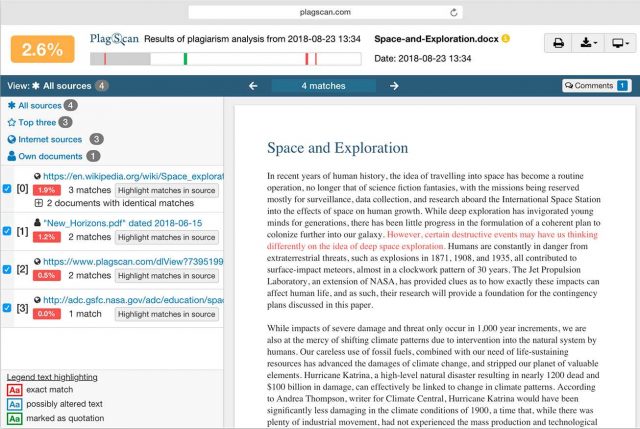
Plagiarism is a nasty problem that hides in the dark corners of self-publishing. In essence, it is a shortcut where a wannabe writer steals authors’ published works, and labels the result as their own work. An advanced plagiarism scheme where a person produced a number of books by mixing real authors’ original works has recently been revealed. It is called CopyPasteCris.
The name for the case was derived from Cristiane Serruya who is been accused of copy-pasting entire paragraphs and sections into her own books from at least 90 copyrighted books. The most renowned author who accuses Serruya of plagiarism is Nora Roberts. Roberts has filed a lawsuit in Rio de Janeiro, Brazil against Serruya for plagiarism.
Just when Serruya, who claims to be a Brazilian lawyer, was closing all his social media accounts and author pages in February 2019, Lucas Mota managed to get in touch with Serruya and interview her. She answers Mota’s direct questions but doesn’t give direct answers.
A number of ghostwriters and editors who had edited a few of Serruya’s books have shed some light on the way the scheme worked. It looks like Serruya (or someone working with her or for her) put together a sloppy manuscript that wasn’t quite complete. Serruya hired ghostwriters and editors to create a book with a storyline from that manuscript. Once it was ready, she hired someone to create a cover image with Serruya’s name as the author, and started marketing her new book. She published several books, but they should be unavailable by now.
When tweets about plagiarism were posted on Twitter, Claire Ryan, an author and a programmer, did a clever thing. She created a program that read popular books and compared the content to Serruya’s books. Bingo. Results were obvious. The worrying thing was that she had discovered more copied sections from more books than anyone had expected. Entire paragraphs and sections were copied from copyrighted books.
Serruya will have to explain in court what she did. It will be interesting.
This process – a wannabe author, hint of plagiarism, suspicion, proof of plagiarism – reminds me of what happened to us a while ago. Here is our story.
What to do if you suspect you are working with a plagiarist?
A few years ago, we worked with a writer who needed our help to publish his book. It wasn’t rocket science, but a straightforward guidebook. Our team dutifully edited the manuscript, produced an ebook, and submitted it to bookstores for sale. First, we delivered it to Amazon that said: no, thank you. Amazon rejected the book, saying they suspected plagiarism.
What? None of us had suspected anything. It was an ordinary project, although the manuscript required plenty of work. The person who had delivered us the manuscript had acted normally, signed a contract with us, but denied plagiarism when asked. So, we wanted to do some research of our own to understand if Amazon was right, and what was going on.
I remembered some businesses that provided plagiarism checks for academic papers for educational institutions who had advertised with us earlier. There had to be online services that could verify any written text for plagiarism.
Sure enough, I discovered a few businesses that were specialized in detecting plagiarism. For instance, Grammarly, PlagScan, and Viper. I chose PlagScan. The report was thorough and easy to read.

The results were condemning. The analysis service indicated that paragraphs in various sections of the manuscript were copied from other sources, mostly from web pages. No algorithm can produce 100% correct results based on an automatic analysis. If a sentence or a paragraph is an exact duplicate, it is easy for an algorithm to recognize. Our plagiarist had made minor tweaks here and there. A good algorithm can spot them as well, but not every item. Algorithms also may discover sections that are not copied from other sources. So, manual research is required as well to allow thorough understanding of the scope of the suspected plagiarism.
After this episode, we stopped working with the person who had put together the manuscript. It was like a plague. Avoid contact, don’t distribute it.
In this case, we have to thank Amazon’s review process that pointed us to the right direction (potential plagiarism discovered). Until that point, we didn’t have any reason to doubt that there would be anything wrong with the project (except for sloppy manuscript).
In the end, no harm was done. Amazon intervened, we stopped the production and distribution process. We spent a little extra money and did some extra work, but it was a lesson for us.
In CopyPastCris case, the accused plagiarist probably managed to take economical advantage of other people’s copyrighted works. If proven, it is serious. That’s why Serruya will answer to the judge what she did during her dubious writing career.
The thing with #CopyPasteCris is that there will always be people who try to find a shortcut to success. In book publishing, they often need professional help from honest freelancers and businesses. Avoid these shady characters like a plague.

